
In October 2021, the first batch of national parks in China was officially announced. What changes have these national parks witnessed in the past two years? On the eve of National Day, Yangcheng Evening News followed a public welfare research team to delve into the Three-river-source National Park, to explore the current state of the ecology and the stories behind the national park.
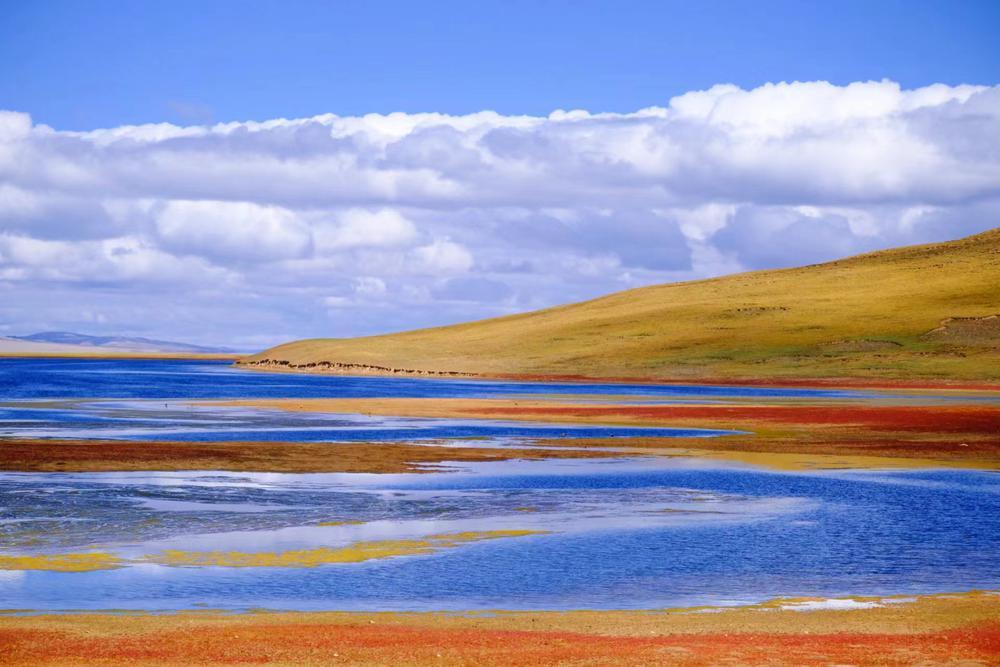
Keywords: ecological conservation
Three-river-source National Park is also known as the "water tower of China". Han Changpeng, the director of the Ecological Protection Station of the Yellow River Source Management Committee, said that the Yellow River Source Area of the Three-river-source National Park is vast, including the Zaling Lake-Eling Lake and Xingxinghai Lake national-level nature protection zones. There are more than 50 species of wildlife here, including a number of key protected wild animals in China.
The integrity of the ecosystem here relies on the efforts of ecological caretakers. Currently, the key areas of their protection include the glaciers and snow-capped mountains in the Yellow River source region, high-altitude lakes and wetlands, and alpine meadow ecosystems. What's more, they are also in charge of enhancing biodiversity conservation and restoring black soil beaches, desertification areas, and areas prone to soil erosion in this area.
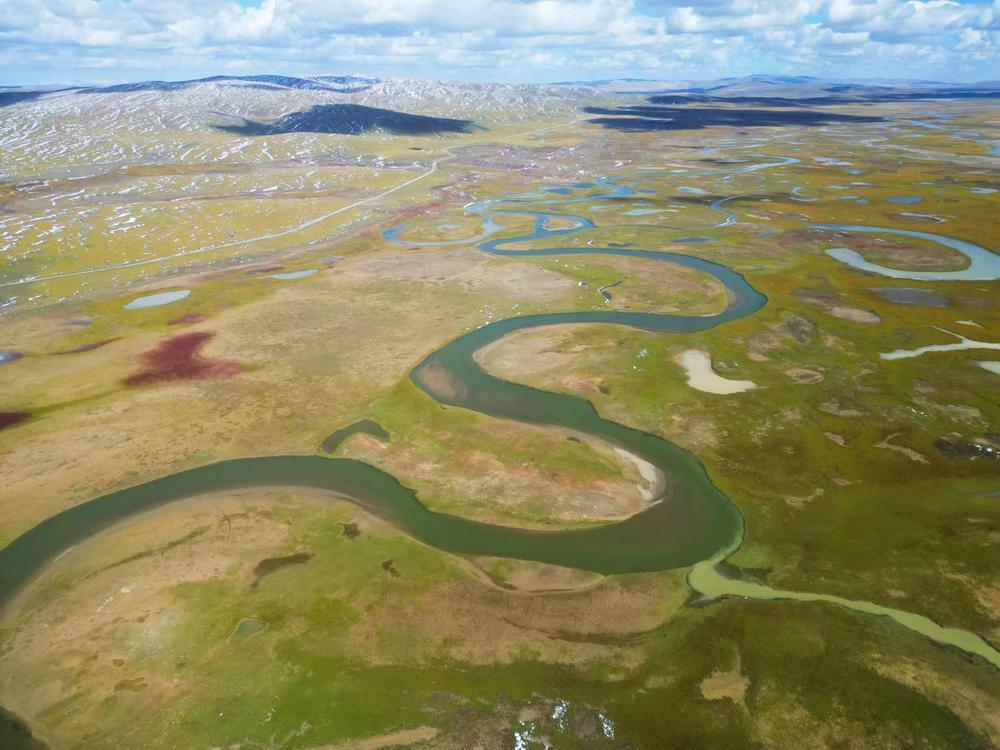
In addition, they also need to assist the public to have a better understanding of the wildlife, the landscape of numerous lakes on the plateau, the natural ecology of the Yellow River source area and traditional Tibetan life and ethnic customs, and showcase the Yellow River culture, the Tibetan historical and cultural heritage.
On August 19th this year, seven teams and five individuals who contributed to the construction of the first batch of national parks in China were commended, including Jiayangduojie, a guardian of the Yellow River Source Park. Jiayangduojie introduced that the guardians carry out various tasks in different areas and are divided into several teams. In the severe hypoxia conditions above 4300 meters on the plateau, the guardians walk at least two to three hundred kilometers in the mountains every month, and some reach several thousand kilometers in a year.
Many guardians express great pride in this job. One guardian recorded, "We are in the source of the Yellow River all year round, silently accompanied by loneliness, protecting the tranquility and beauty of this mother river."
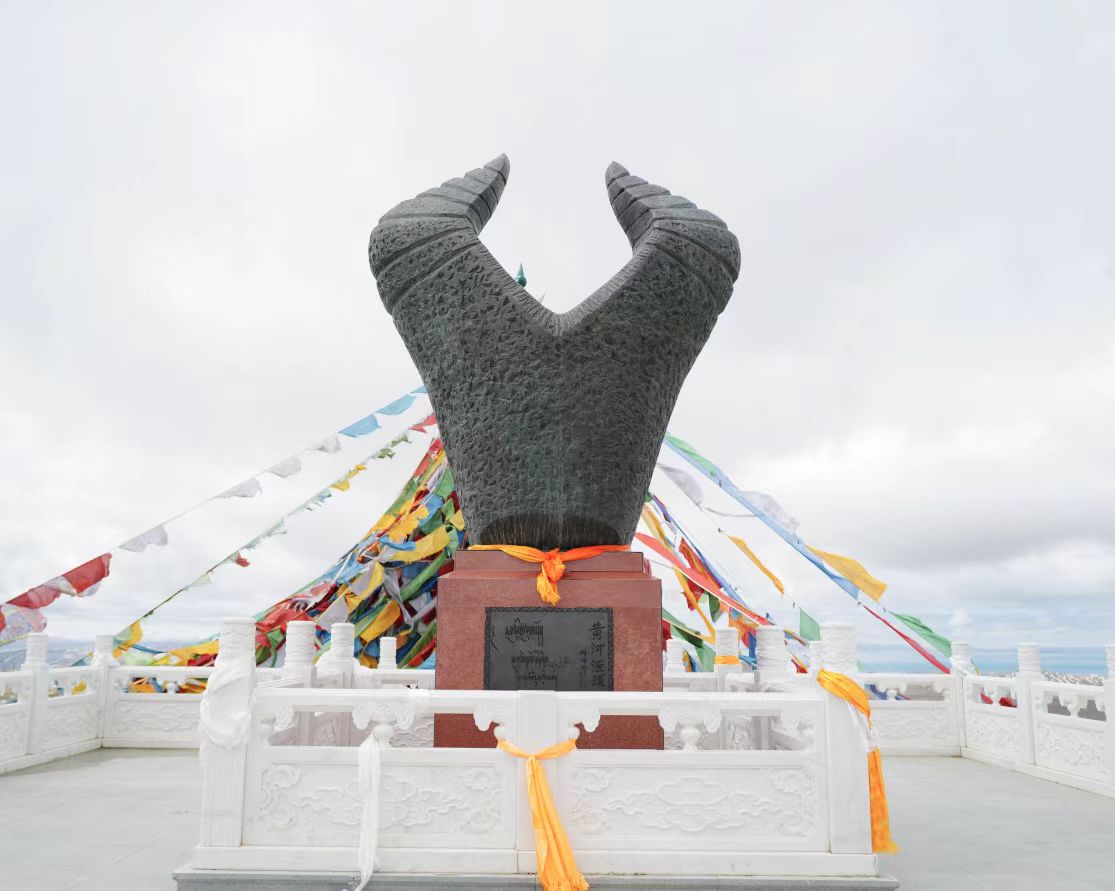
Keywords: contest between wild animals
Han Changpeng said that as a first-level protected wild animal, the Kiang has reached a population of over 20,000 within Maduo County after more than ten years of conservation, which has reached the biggest capacity of the Yellow River Source Park.

To provide sufficient space and food sources for wildlife, overgrazing must be prevented. For example, if a family originally raised 100 sheep, though the grassland could support them before, the carrying capacity would decrease with the increase of wildlife. Therefore, the conservation station encourages this family to reduce their livestock to 60-80 sheep and provides them with economic compensation to protect the grassland.

If Kiangs and other herbivorous animals cannot reach the grass on the ground, they will use their hooves to dig the ground and eat the underground grassroots. Once the grassroots are destroyed, they cannot sprout and grow the following year. To prevent this situation, the conservation station purchases some dried green hay every year for herbivorous animals to distribute in winter.
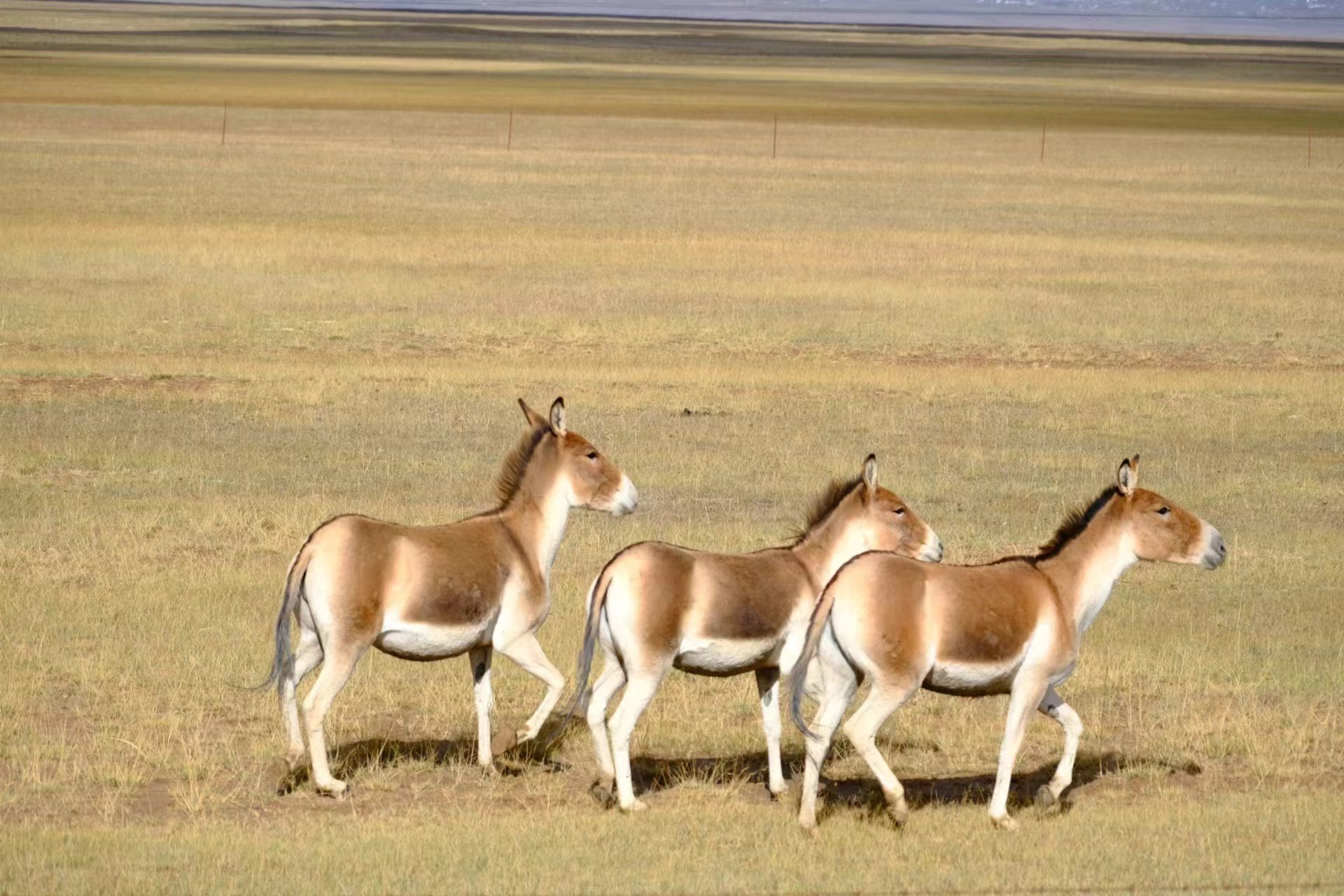
In the conservation of the black soil beaches in the Three-River-Source National Park, to prevent excessive breeding of rodents and hares from damaging vegetation, the staff of the station will also build bird nests in areas where rodents and hares gather, attracting their natural enemy, the Upland Buzzard, to nest there. These artificial bird nests have become a continuous landscape on the grassland and also prevent the potential problem brought by rodents and hares through ecological balance.

共护“中华水塔”!追寻三江源国家公园建设故事
两年前的10月,国内第一批国家公园正式设立。两年过去,这些国家公园迎来了什么变化?国庆节前夕,羊城晚报记者跟随公益调研队伍深入三江源,一探国家公园生态的现状和背后的故事。

关键词:生态保护
三江源又被称为“中华水塔”。黄河源区国家公园管委会生态保护站站长韩常鹏表示,三江源国家公园的黄河源园区面积广大,其中包括了三江源国家级自然保护区的扎陵湖—鄂陵湖和星星海两个保护分区。这里有多达50多种的野生动物,其中还有一批属于国家保护动物。
生态的完好,离不开生态管护员的努力。目前重点保护的包括黄河源区冰川雪山、高海拔湖泊湿地、高寒草甸生态系统,还要强化生物多样性保护,同时也要兼顾对黑土滩、沙化地及水土流失区的修复。
此外,还要协助社会公众开展黄河探源和自然生态体验,展现高原千湖景观,近距离观赏野生动物、黄河文化和藏民族历史文化,体验藏族传统生活和民族风情。
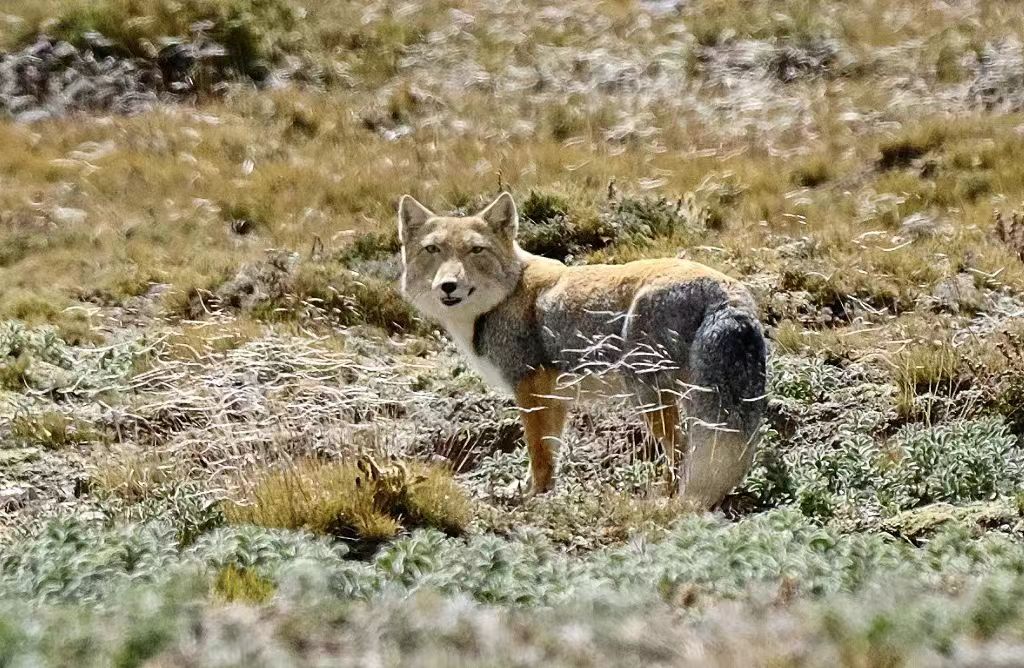
今年8月19日,全国首批国家公园建设有七个团队和五名个人获得了表彰,其中就有来自黄河源园区的管护员加羊多杰。加羊多杰介绍,管护人员按不同的区域开展各项工作,分成了好几队。管护员在普遍4300米以上的高原严重缺氧的情况下,每个月至少在山里徒步两三百公里,多的一年就达到几千公里。
不少管护员表示,对这份工作感到非常自豪。一位管护员这样记录:“我们常年驻守在黄河源头深处这个家里,默默与寂寞为伴,守护着母亲河的宁静和美丽。”
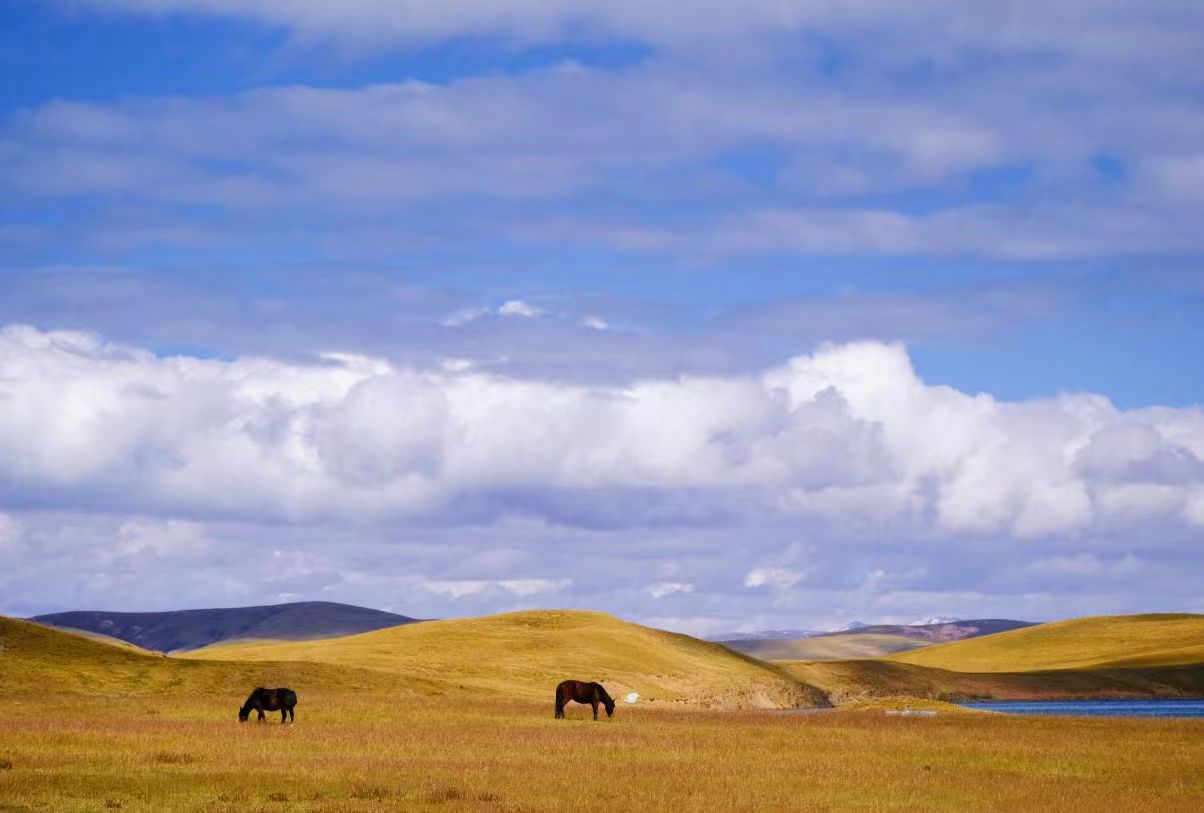
关键词:原野较量
韩常鹏说,藏野驴作为国家一级重点保护动物,通过十多年的保护,在玛多县范围内大概已经有2万多头,作为黄河源园区的承载能力基本饱和。
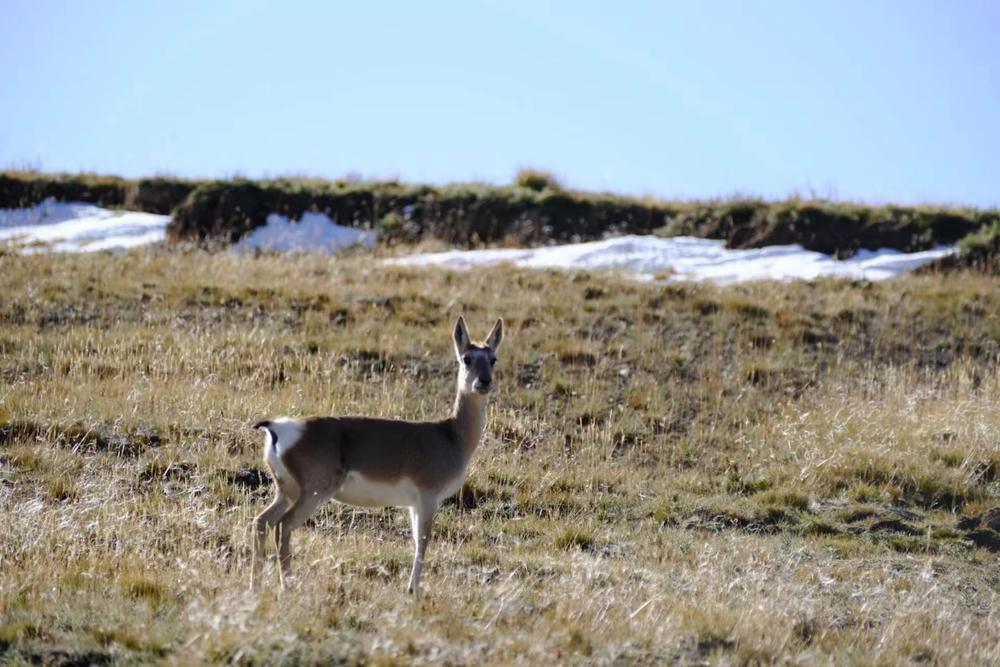
为了让野生动物有足够的空间和食物来源,就得防止过度放牧。比如说一家原本养了100只羊,草场之前也能承载,但是野生动物增加后,草场承载力会降低,所以保护站就鼓励这家的牲畜减少到60-80只,并给予经济补偿。
藏原羚等食草动物,吃不到地面上的草,就会用蹄子刨开地面,啃食地下的草根。草根一旦被破坏,来年就无法发芽生长。对此,保护站每年会购买一些青干草,作为草食动物越冬的饲料,在冬季时投放。
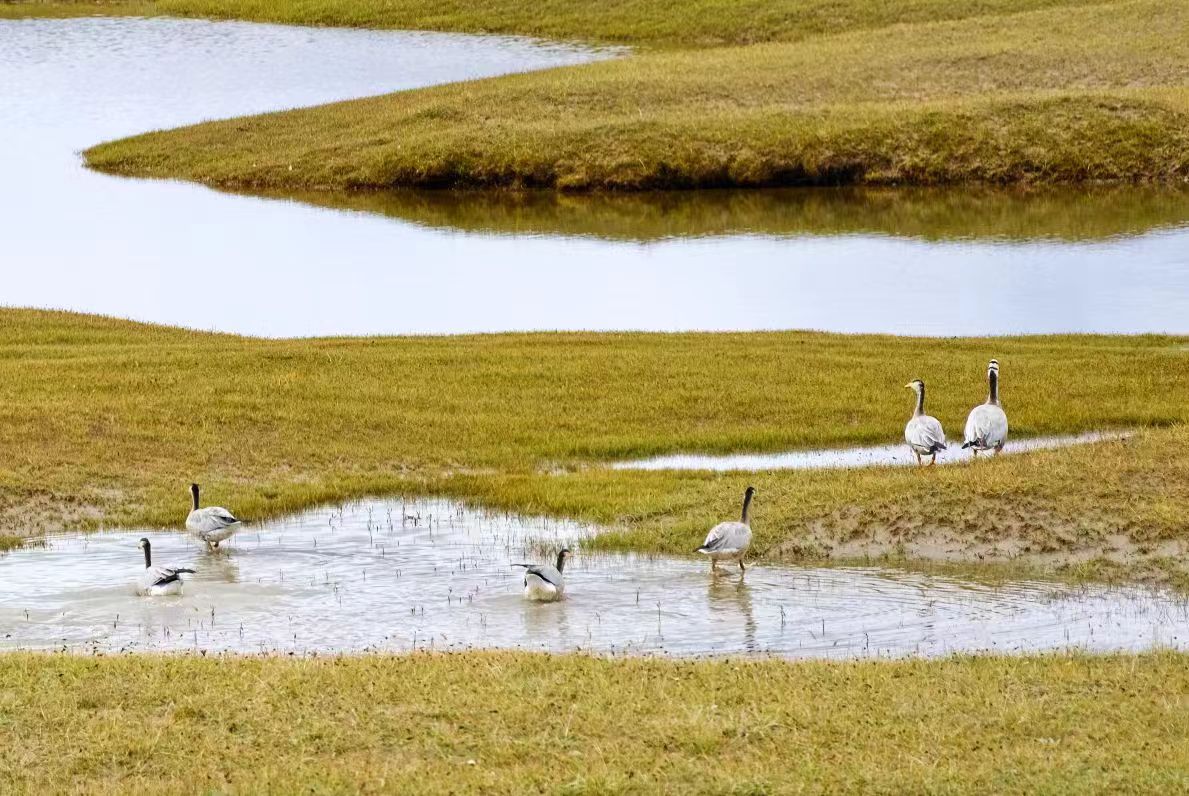
在三江源国家公园内黑土滩的治理中,为了不让过量繁殖的鼠兔破坏植被,管护人员还会在鼠兔集中的地方建鸟窝,吸引鼠兔的天敌——大鵟过来安窝。这些人造鸟窝成了草原上的一道连续的风景线,也以生物链的平衡原理抑制了鼠兔之患。
文、图丨记者 戚耀琪
翻译丨白心怡
责编丨古司祺
校对丨赵丹丹
-
City walk in the city of rams | Exploring the poetry of Guangzhou
2023-10-05 22:33:31 -
Photos | Enjoy the National Day holiday in bustling Guangzhou's shopping districts
2023-10-05 22:39:08 -
Tracing the story of "Water Tower of China," Three-river-source National Park
2023-10-05 22:35:33 -
Video | The 3x3 basketball players from Macau, China: Experiencing it firsthand is truly breathtaking [Live Hangzhou]
2023-10-05 17:29:27






